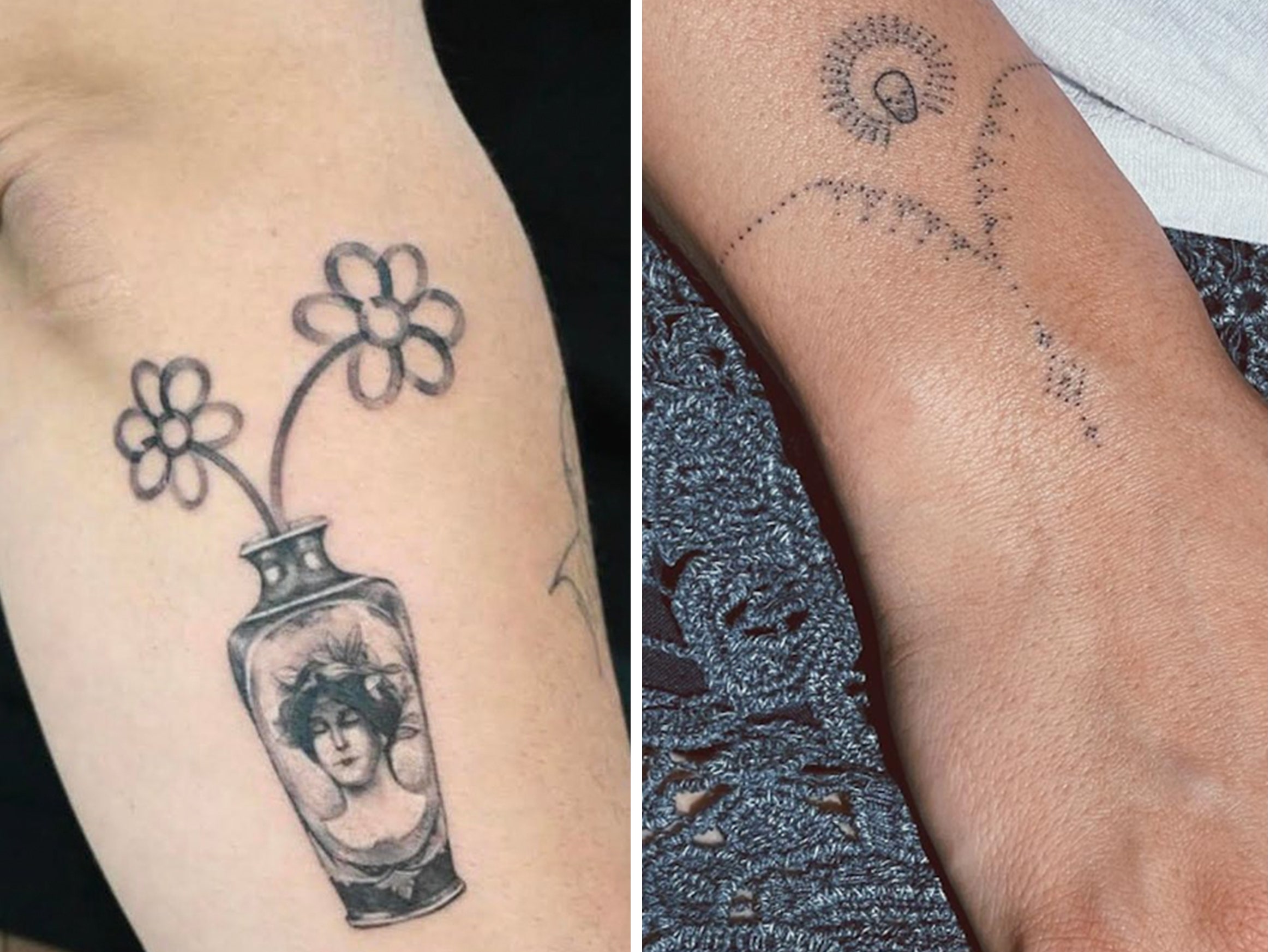The beautiful art and history of micro portrait tattoos:
– Micro-realism is one of the most popular tattoo styles in the world.
– It focuses on creating small-sized realistic tattoos that look like photographs.
– The style requires planning, precision, skill, and technical training.
– Dotwork and hyperrealism are two styles that are part of micro-realism.
– Dotwork uses small dots to create the desired image, similar to Pointillism.
– Dotwork is often combined with the geometric tattoo style.
– Hyperrealism aims to make the tattoo resemble a real image as much as possible.
– Micro-realistic tattoos may hurt more depending on the location and require longer sessions.
– They do not have sharp black outlines, but instead use shading and layering for 3D effects.
– The longevity of a micro-realistic tattoo depends on factors such as the artist’s expertise, ink quality, and proper aftercare.
– Protecting the tattoo from the sun is important to prevent ink degradation.
– Some pioneer artists known for micro-realism include unnamed artists.
– Micro tattoos, which are characterized by intricate details and small sizes, are criticized for potentially not lasting over time.
– Some believe that the close proximity of lines or dots in these tattoos causes the ink to expand and the design to become erased.
– Tattoo artist Jon Mesa has expressed his opposition to this style, claiming that it “tricks” clients.
– However, it is difficult to compare older micro tattoos as they are relatively new.
– Larger tattoos with thicker lines may have better longevity.
– Other factors that can contribute to the deterioration of a tattoo include sun exposure, skin type, age, and the type of ink used.
– The placement of the tattoo on areas such as the hands or feet can also lead to faster fading and loss of pigmentation.
